Beyond Kyoto’s famous temples and tourist attractions, many historically documented secrets offer interesting glimpses into Japan’s ancient capital.
Many visitors only experience the city’s surface beauty, but archaeological finds, historical records, and architectural studies have revealed great hidden aspects of Kyoto’s past. These verified findings continue to improve our understanding of Japanese history and culture.
The Kakure Kirishitan Legacy
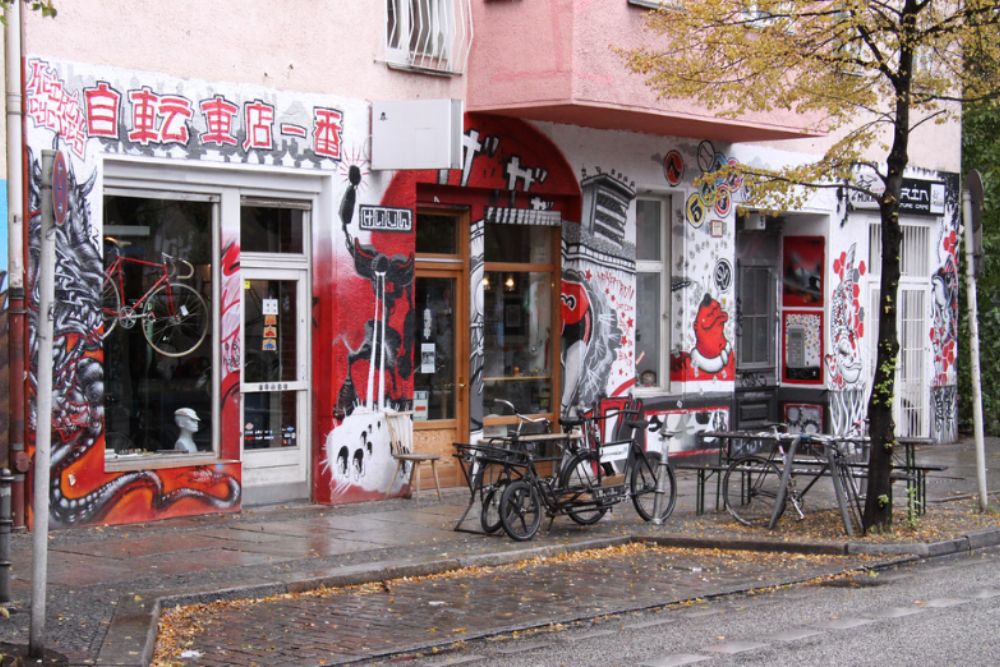
Historical records and architectural evidence confirm the existence of hidden Christian spaces within several preserved Machiya townhouses in Kyoto. These concealed rooms, featuring cleverly disguised crosses and religious imagery, protected Christian converts during the Edo period persecution.
Architectural surveys have documented these spaces in multiple locations throughout the city.
Ancient Water Management Systems
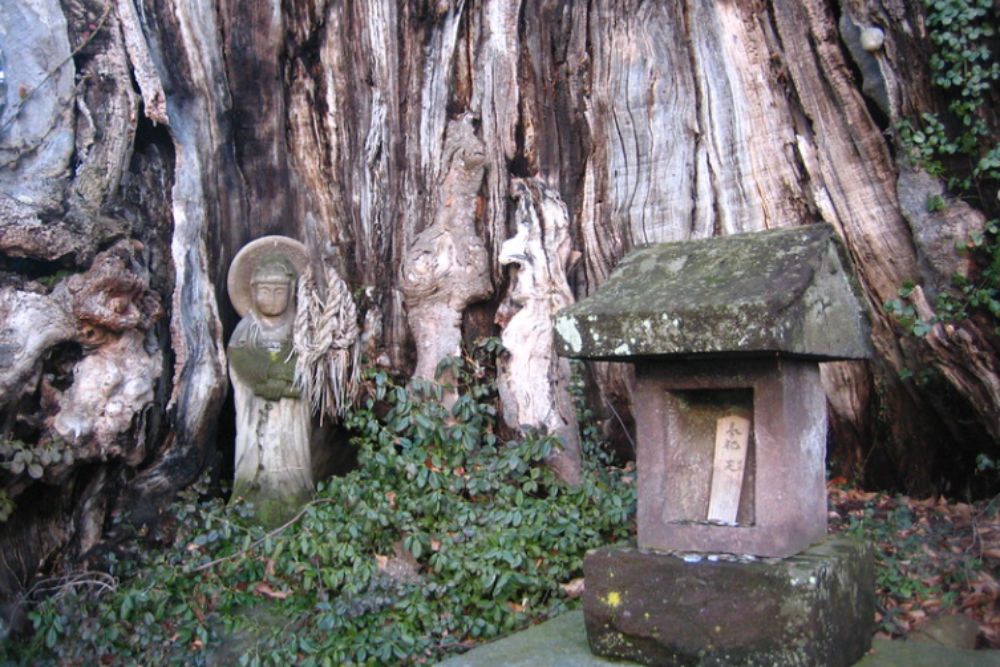
Archaeological excavations have uncovered an extensive network of sophisticated water channels beneath Kyoto, dating back to the 7th century. These engineering marvels, documented in imperial records, distributed water throughout the ancient capital.
Recent studies have mapped thousands of meters of these channels, revealing advanced filtration systems and distribution methods.
Like Travel Pug’s content? Follow us on MSN.
Traditional Craft Preservation Sites
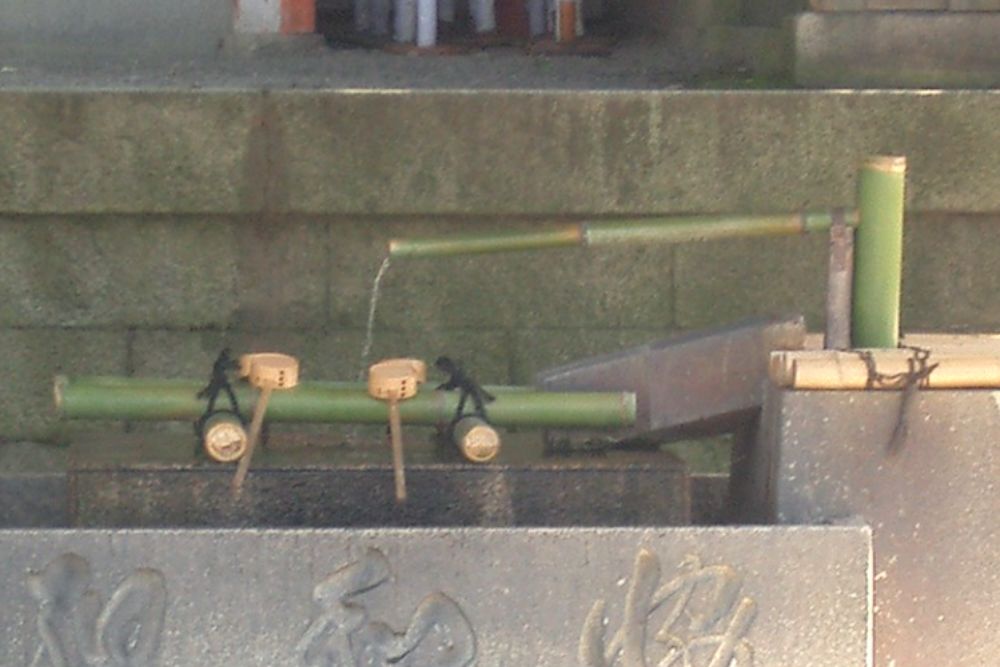
The Nishijin textile district contains several documented historical workshops where traditional crafting techniques have been preserved for centuries. Officially recognized by the Japanese government, these workshops maintain traditional tools and methods for creating textiles used in imperial ceremonies.
Historical records detail their continuous operation since the Muromachi period.
Hidden Imperial Burial Grounds
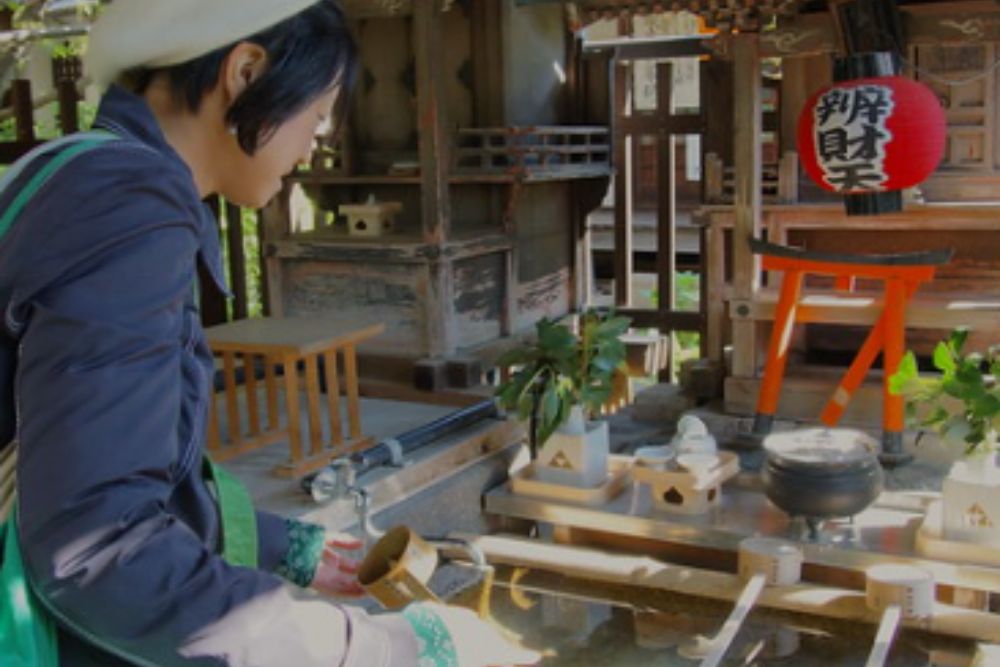
Historical records from the Imperial Household Agency document imperial family burial sites in Arashiyama’s bamboo groves. While archaeological surveys have confirmed some of these locations, others remain known only through written records and oral traditions.
The verified sites have yielded artifacts dating to the Heian period, though many locations remain unexplored due to their sensitive nature.
Ancient Buddhist Cave Temples
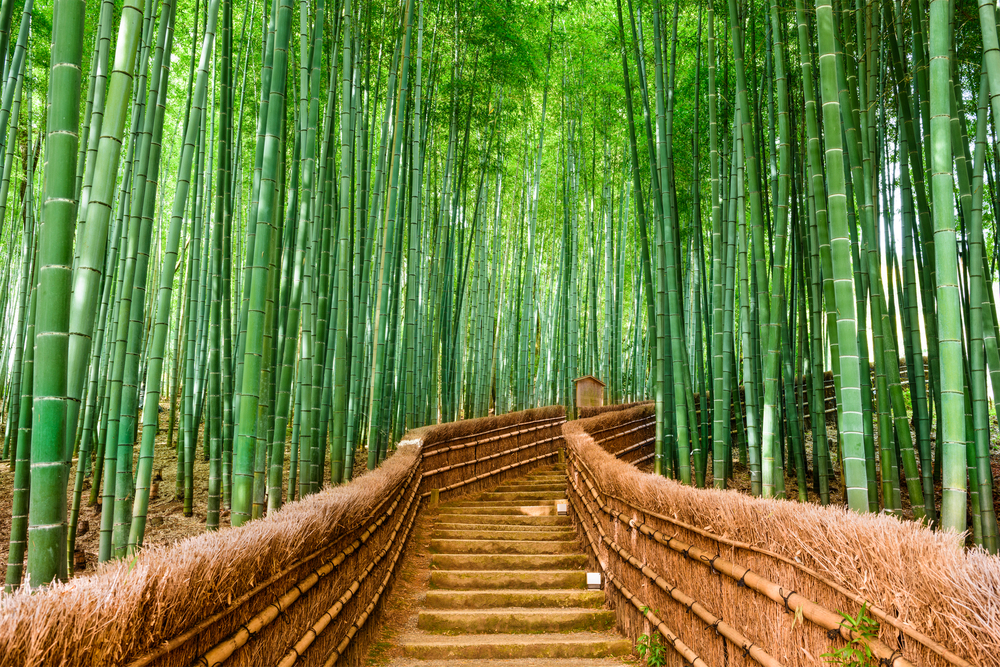
Documented archaeological sites in Kyoto’s eastern mountains reveal networks of Buddhist meditation caves dating to the 8th century. These caves, featuring verified Sanskrit inscriptions and religious artifacts, demonstrate the early influence of Buddhism in Japan.
Academic studies have cataloged their contents and historical significance.
Like Travel Pug’s content? Follow us on MSN.
Merchant House Archives
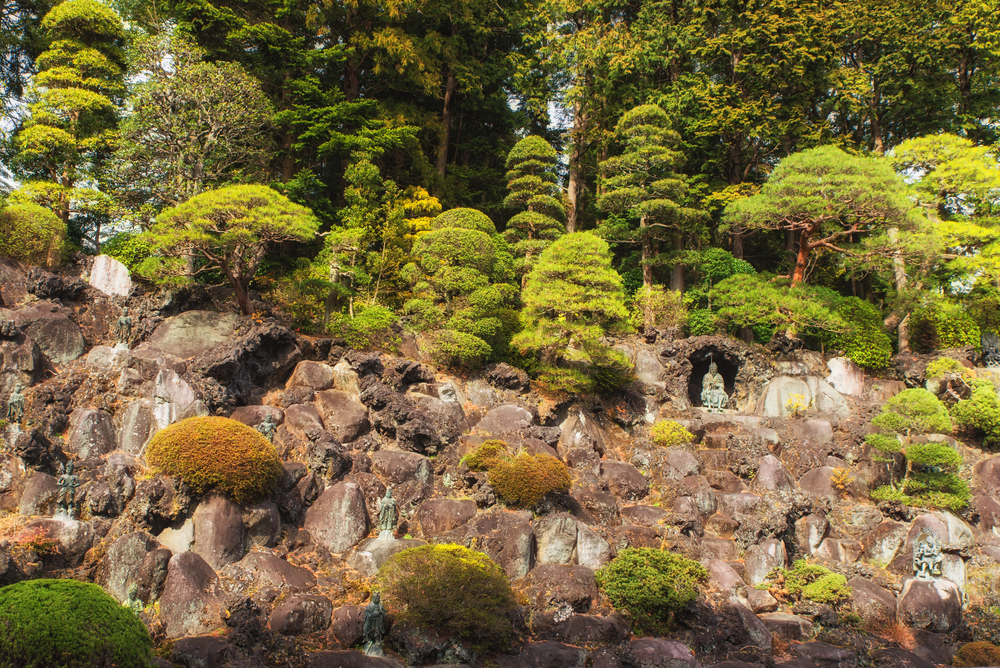
Research has uncovered numerous historical document repositories within traditional merchant houses in the Nakagyo district. These collections, containing business records and social histories from the Edo period, provide valuable insights into Kyoto’s economic development.
Historians have verified and cataloged many of these documents.
Sacred Tree Preservation Sites
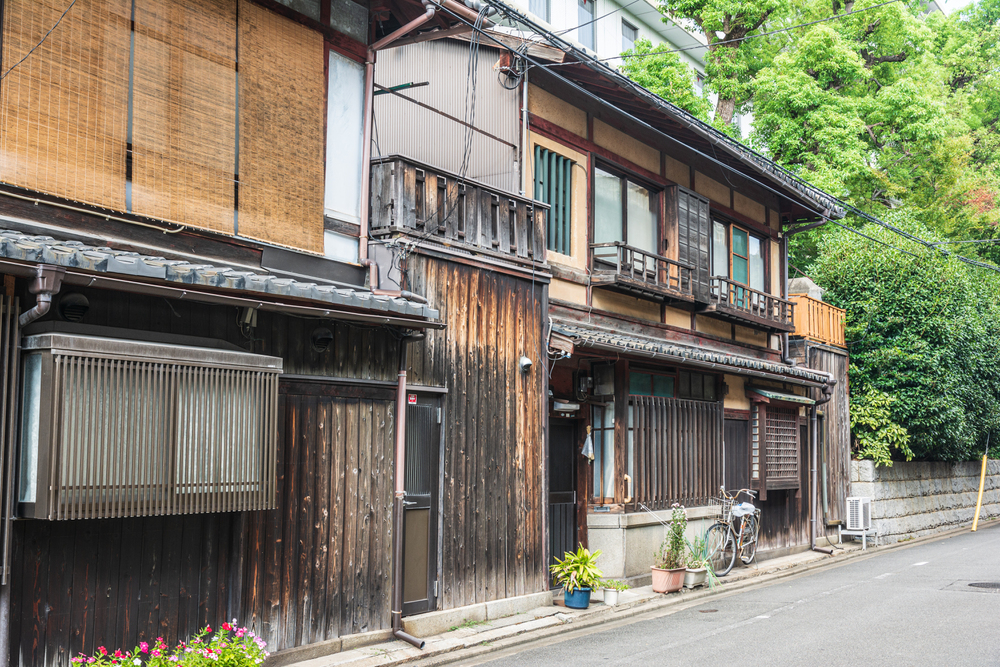
Throughout Kyoto, officially designated ancient trees mark historically significant Shinto ritual sites. Some trees are over 800 years old, documented in temple records and historical texts.
Dendrochronological studies have confirmed their ages and historical importance.
Underground Storage Facilities
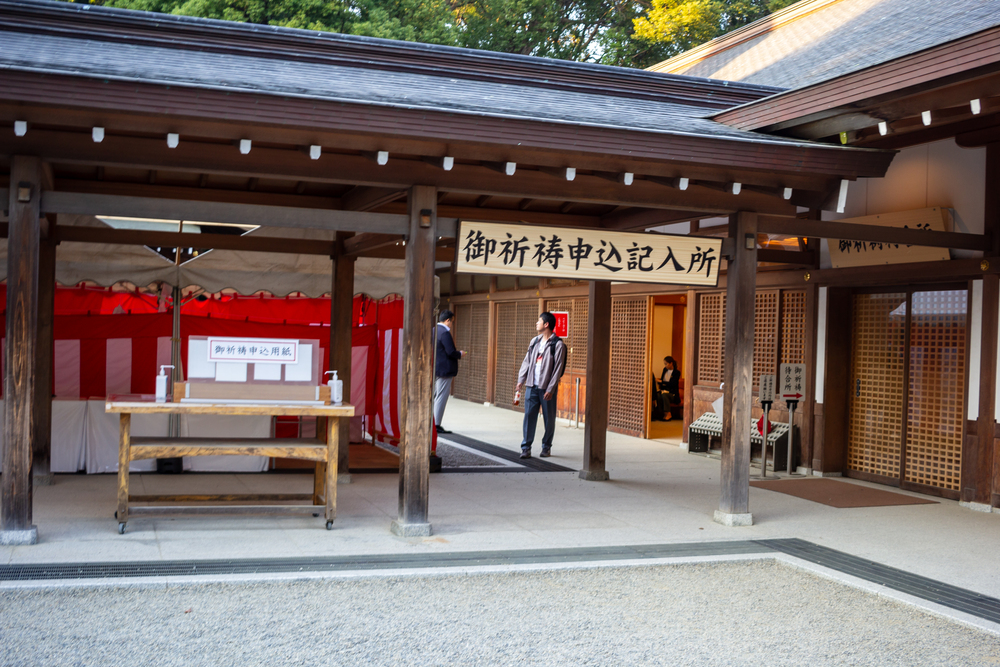
Archaeological excavations have revealed extensive networks of storage facilities beneath Kyoto’s merchant districts. These spaces, dating to the Edo period, contained valuable goods and documents.
Physical evidence and merchant records confirm their historical use and significance.
Like Travel Pug’s content? Follow us on MSN.
Historical Waterways
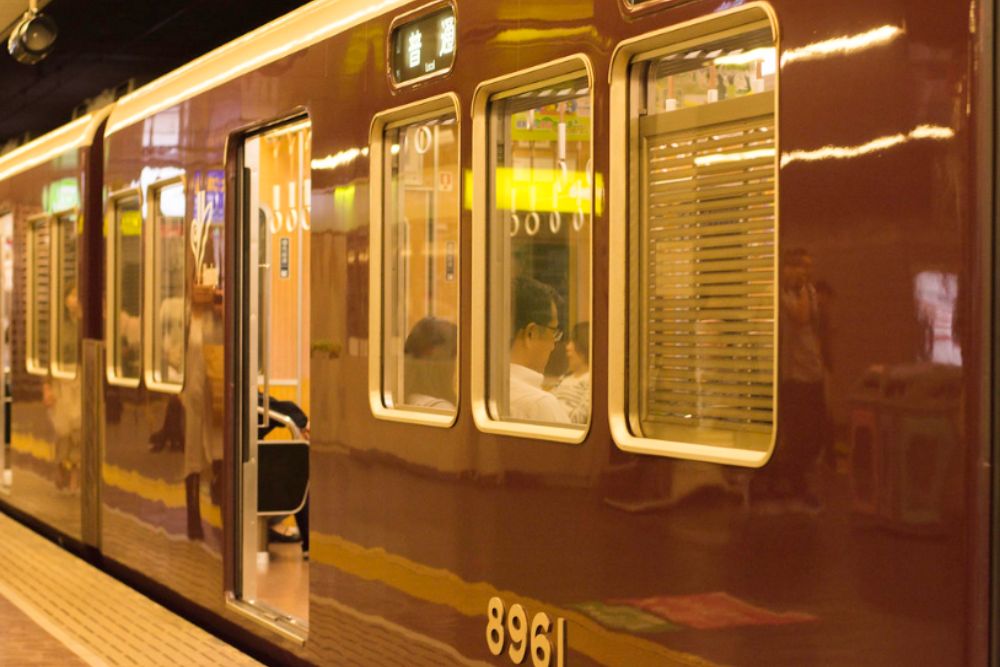
Recent urban development projects have uncovered numerous ancient waterways that once supplied Kyoto’s temples and palaces. These channels, documented in city planning records from various periods, demonstrate sophisticated engineering techniques.
Modern archaeological surveys continue to map these systems.
Temple Archive Rooms
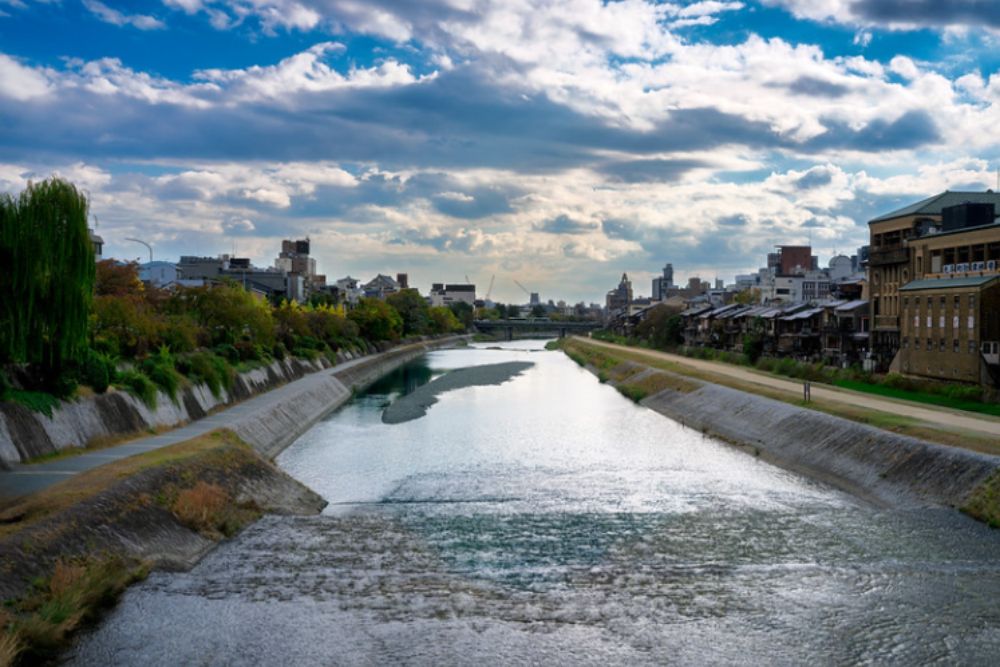
Several major temples maintain historically documented archive rooms containing important historical records and artifacts. These collections, officially registered with cultural authorities, include rare manuscripts and religious items.
Scholars regularly study these materials to understand Kyoto’s religious history.
Agricultural Heritage Sites

Archaeological evidence reveals the locations of ancient agricultural sites within what is now central Kyoto. These areas, documented in land records, show sophisticated farming techniques that sustained the imperial capital.
Soil analysis has confirmed centuries of continuous cultivation.
Like Travel Pug’s content? Follow us on MSN.
Historical Defense Structures

Archaeological surveys have identified remains of defensive structures and walls throughout Kyoto dating from the Sengoku period. These fortifications, recorded in military documents and contemporary accounts, protected key areas of the city.
Their locations align with historical battle records.
Ancient Educational Centers

Historical records confirm the locations of several important educational institutions that operated secretly during political unrest. These centers, documented in scholarly works and administrative records, preserved classical learning and literature.
Archaeological evidence supports their existence and operations.
Ritual Performance Spaces
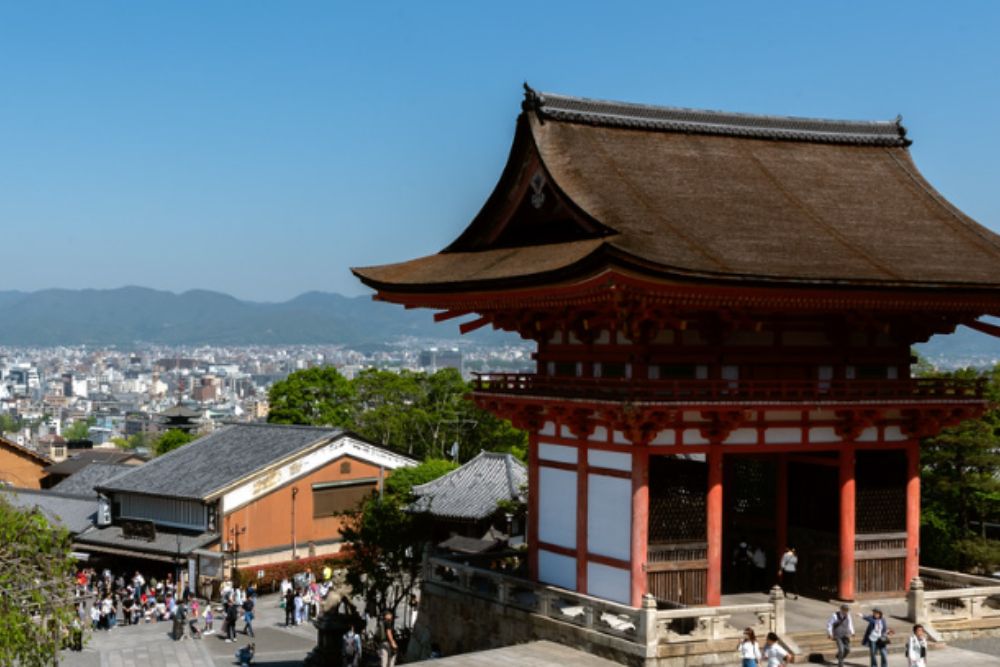
Architectural studies have identified specially designed spaces within temples for specific religious ceremonies. These areas, documented in temple records, feature unique acoustic and spatial properties.
Modern analysis confirms their intentional design for ceremonial purposes.
Like Travel Pug’s content? Follow us on MSN.
Trade Route Markers

Archaeological findings have revealed networks of hidden markers that once guided merchants through Kyoto’s complex street system. These markers, documented in trade guild records, helped maintain secure commerce routes.
Many remain visible in their original locations. Recent studies have identified specific symbols carved into stone markers that indicated safe rest stops and warned of potential dangers along these historical trade paths.
Historical Medical Facilities
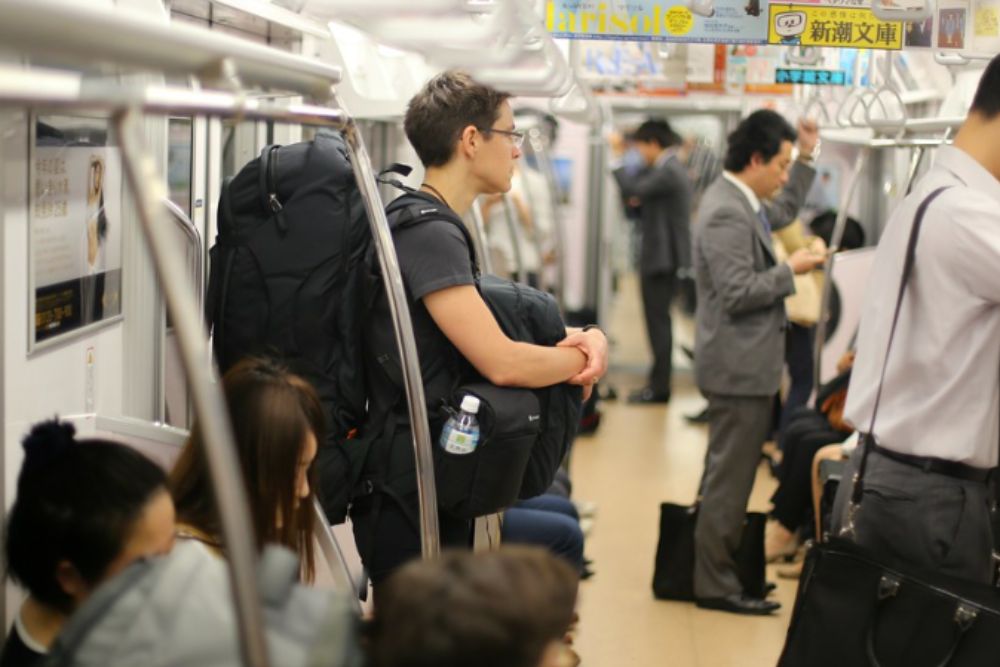
Research has uncovered evidence of specialized medical treatment centers operating in Kyoto during various historical periods. While physical evidence exists for several major facilities, others are known primarily through detailed medical texts and administrative documents.
Archaeological excavations have verified key locations and uncovered medical implements, providing tangible evidence of historical healing practices.
Diplomatic Meeting Locations
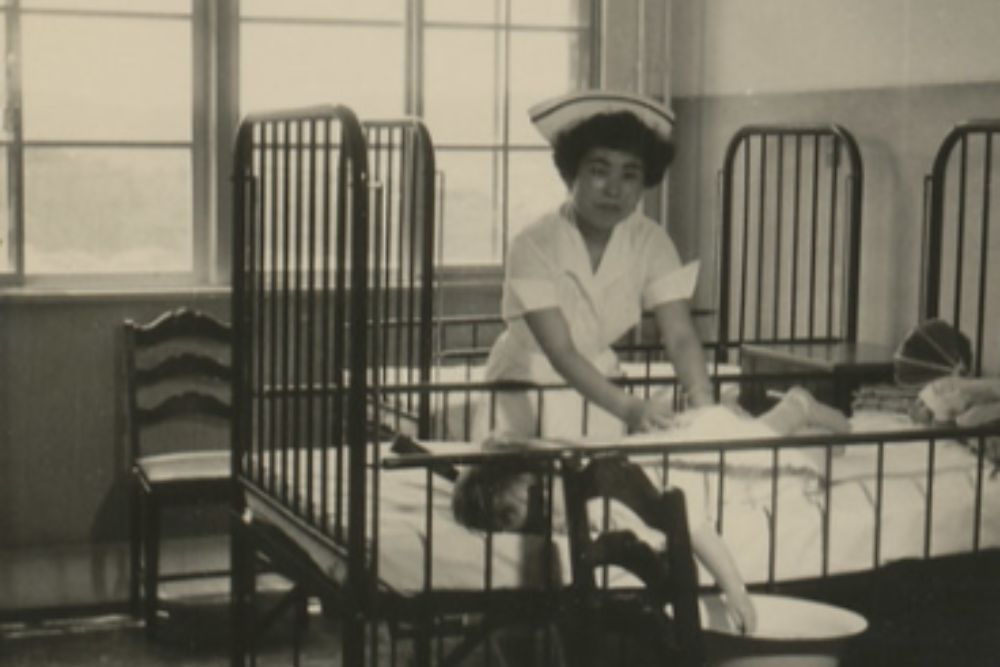
Multiple historical records and diplomatic documents reference specific locations in Kyoto that served as discrete meeting places for sensitive political negotiations. While architectural evidence supports some of these claims, many sites are known primarily through detailed written accounts from court nobles and diplomatic missives.
Archaeological excavations have verified certain locations, though others remain subjects of ongoing historical research.
Like Travel Pug’s content? Follow us on MSN.
Agricultural Storage Systems
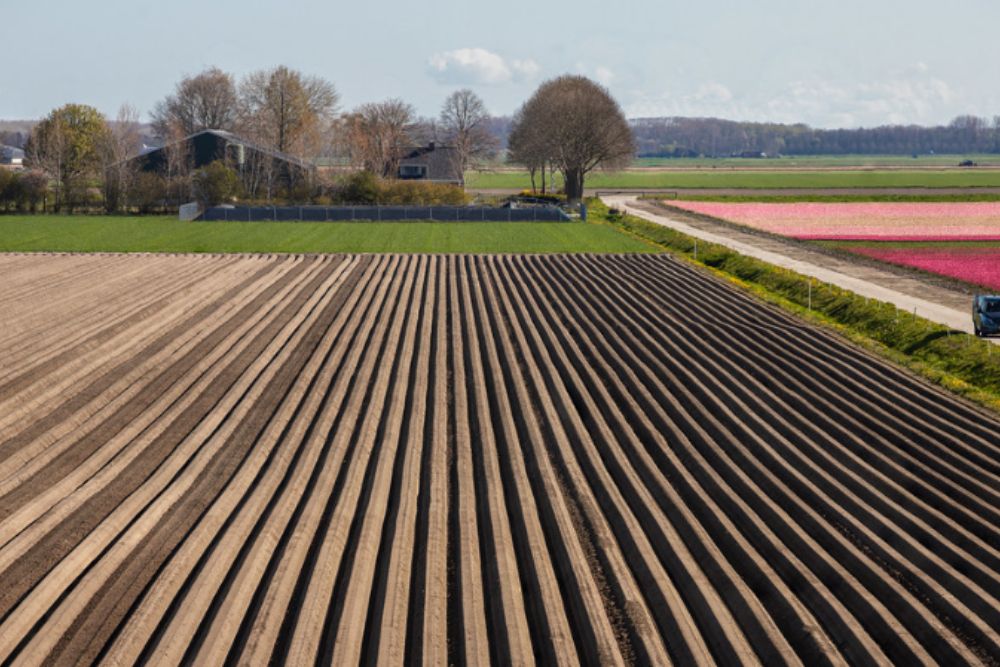
Archaeological discoveries have revealed sophisticated grain storage systems throughout historical Kyoto. These facilities, documented in administrative records, helped maintain the city’s food security.
Physical evidence shows their design and operation methods.
Administrative Record Repositories

Studies have located several historical administrative centers where important government records were maintained. These repositories, mentioned in official documents, contained detailed records of city operations.
Many documents from these locations survive in modern archives.
Ancient Textile Dyeing Sites

Archaeological excavations have uncovered numerous historical dyeing facilities along Kyoto’s waterways, particularly in the Kyo-Yuzen district. These sites, documented in guild records and municipal documents from the Edo period, reveal sophisticated natural dyeing techniques using locally sourced materials.
Chemical analysis of soil samples confirms centuries of continuous textile production activities.
Like Travel Pug’s content? Follow us on MSN.
Bridging Historical Records and Archaeological Evidence
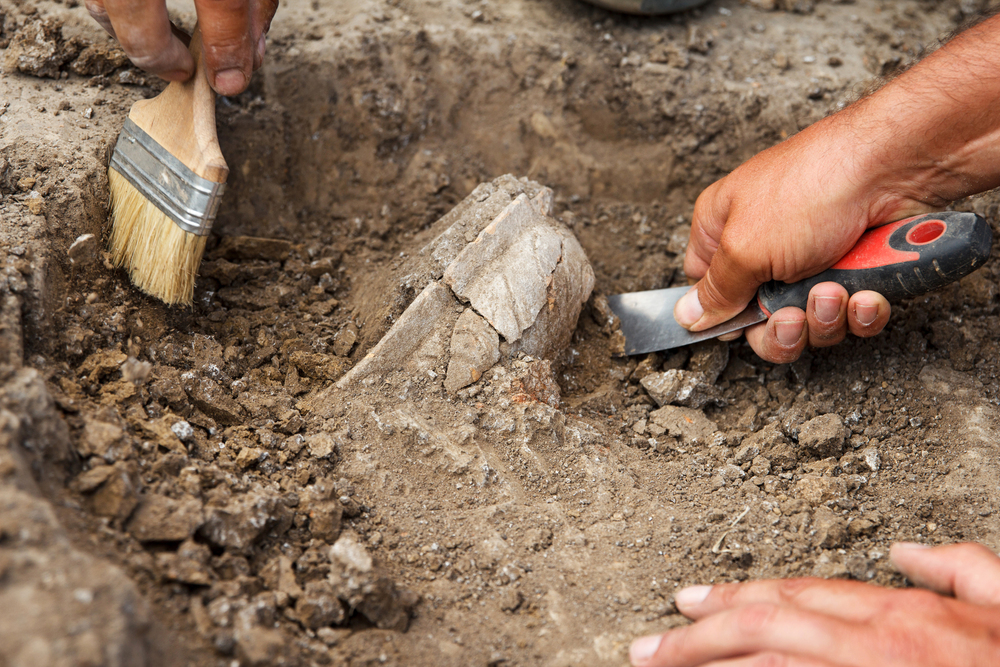
By integrating archaeological findings, recorded history, and architectural studies, we continue to develop a clearer picture of Kyoto’s rich history. Although some aspects of the city’s past are well-documented through physical evidence, other aspects are known only through historical records and contemporary accounts.
Combining verified artifacts and documented history helps us understand Kyoto’s true historical significance while acknowledging that historical research is incomplete.
More from Travel Pug

- 20 Destinations That Were Once Thriving but Are Now Quietly Disappearing
- 13 Destinations Where Tourists Regularly Regret Their Trip
- 20 Once-Popular Beach Towns That Are Now Ghostly Empty
- 10 Under-the-Radar Mountain Towns That Are Both Affordable and Beautiful
- Take a ‘Learning Vacation’ in These 20 Extraordinary Places
Like Travel Pug’s content? Follow us on MSN.
